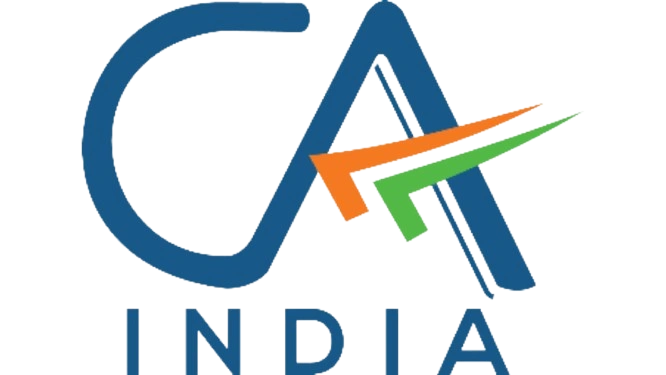In the
realm of GST compliance, questions often arise concerning the input tax credit
(ITC) obligations of electronic commerce operators (ECOs), particularly for
services covered under Section 9(5) of the Central Goods and Services Tax Act,
2017 (CGST Act). To provide clarity, the Central Board of Indirect Taxes and
Customs (CBIC) has issued updated guidelines, referencing Circular No.
167/23/2021 – GST dated 17.12.2021.
Understanding the Context
ECOs, under Section 9(5) of the CGST Act, are obligated to pay tax as if they
are the suppliers of certain notified services (e.g., restaurant services). A
common query has been whether ECOs must proportionately reverse ITC on inputs
and input services used for such supplies.
Key Clarifications Provided
- Dual
Role of ECOs:
- ECOs
supply services notified under Section 9(5) (e.g., restaurant services)
for which they are liable to pay tax.
- They
also provide their own services, such as charging platform fees or
commissions, for which they utilize inputs and input services.
- ITC
Reversal Not Required:
- As
per Circular No. 167/23/2021, ECOs do not need to reverse ITC for
restaurant services supplied through their platform.
- The
same principle applies to other services under Section 9(5). ECOs are not
required to reverse ITC under Sections 17(1) or 17(2) of the CGST Act for
these supplies.
- Tax
Liability Payment:
- Tax
liability under Section 9(5) must be discharged in full via the
electronic cash ledger.
- ITC
on inputs and input services related to such supplies cannot be utilized
for this purpose but can be used for discharging tax liabilities for the
ECO’s own services.
This
clarification ensures uniformity in implementation and simplifies compliance
for ECOs. By delineating the use of ITC and specifying payment methods for
Section 9(5) liabilities, it provides a structured approach to managing tax
obligations while safeguarding the ITC on other services.
ECOs are
encouraged to review the circular in detail and ensure adherence to these
guidelines for seamless compliance and efficient ITC utilization.



